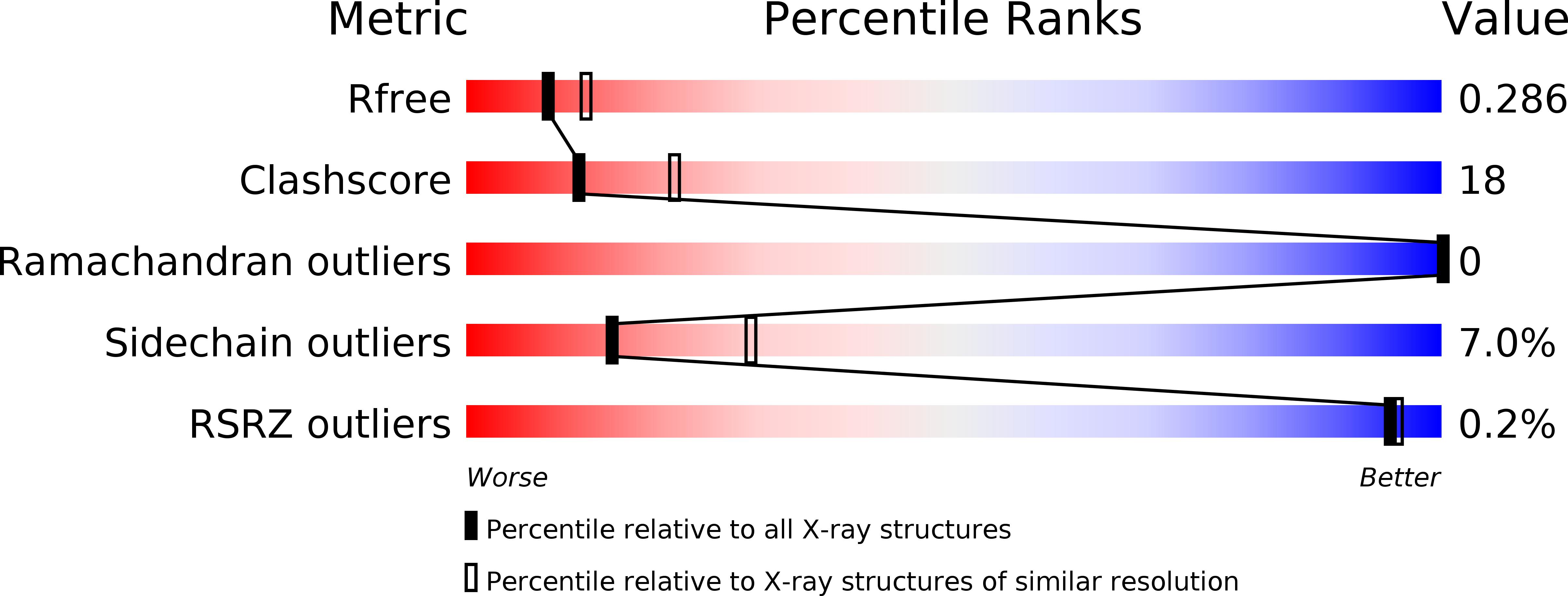
Deposition Date
2012-03-30
Release Date
2012-08-29
Last Version Date
2024-11-20
Entry Detail
PDB ID:
4EFR
Keywords:
Title:
Bombyx mori lipoprotein 7 (crystal form II) at 2.50 A resolution
Biological Source:
Source Organism:
Bombyx mori (Taxon ID: 7091)
Method Details:
Experimental Method:
Resolution:
2.50 Å
R-Value Free:
0.28
R-Value Work:
0.20
R-Value Observed:
0.20
Space Group:
P 1


